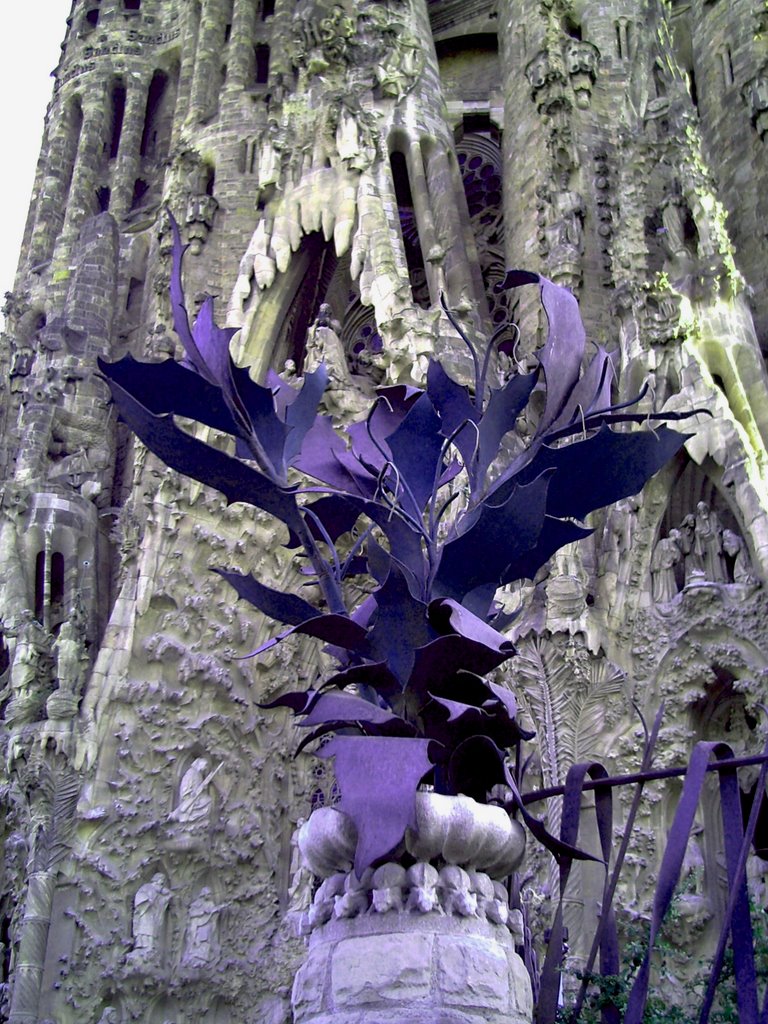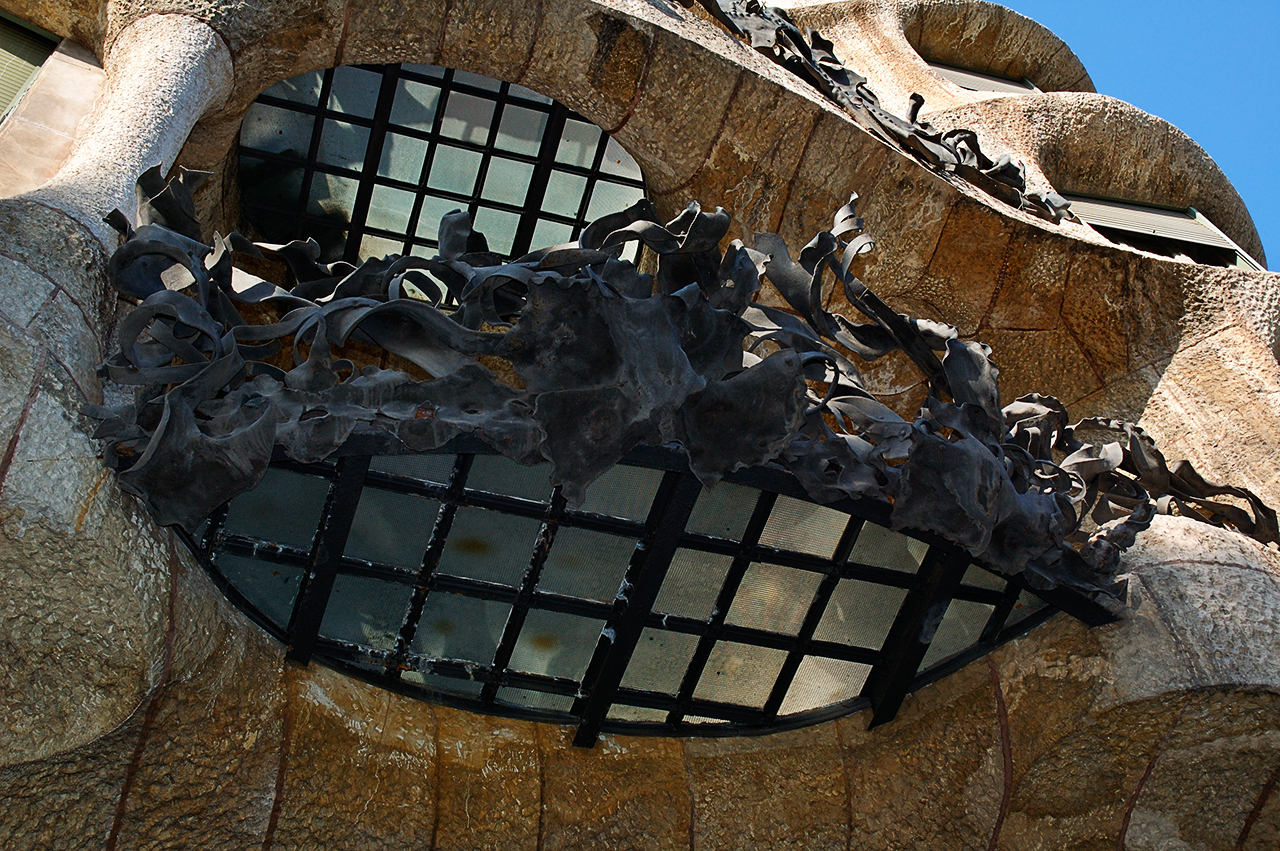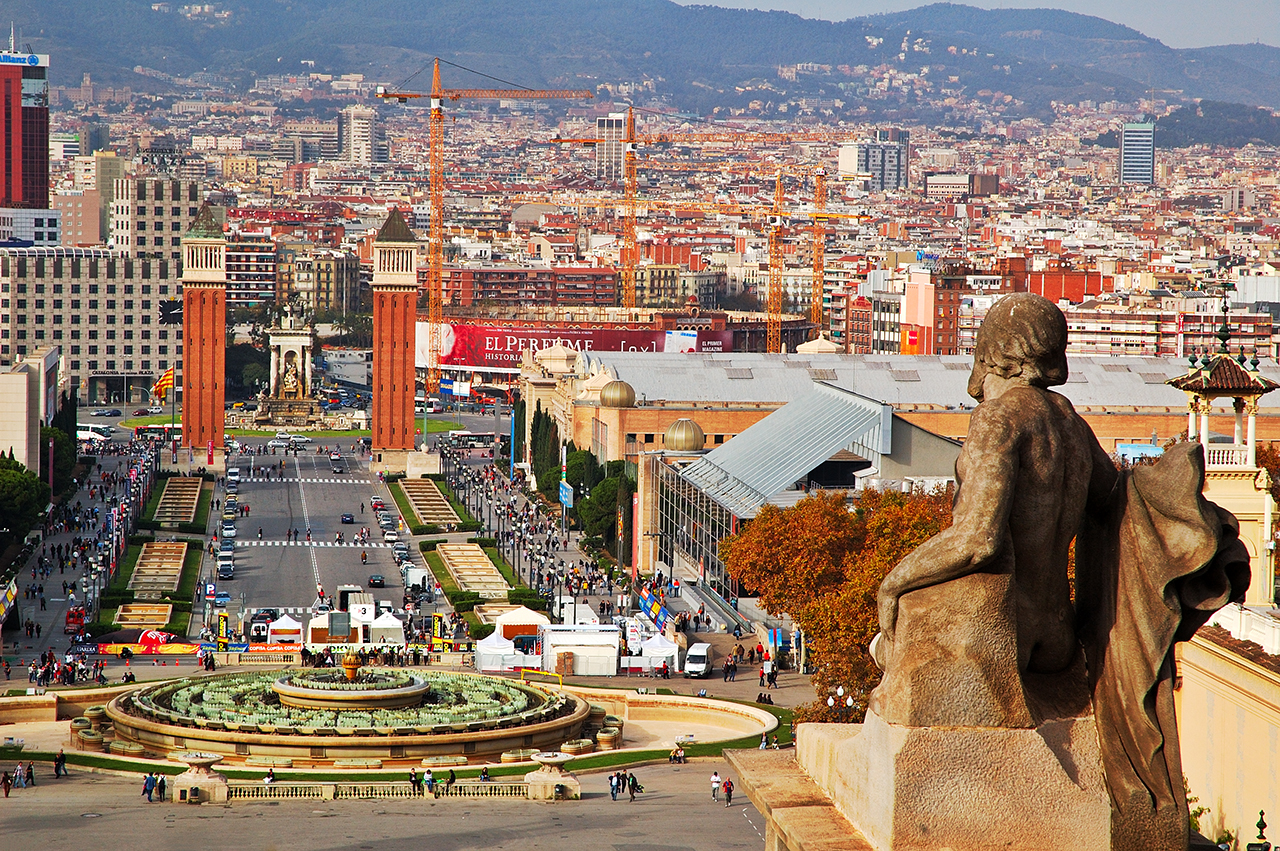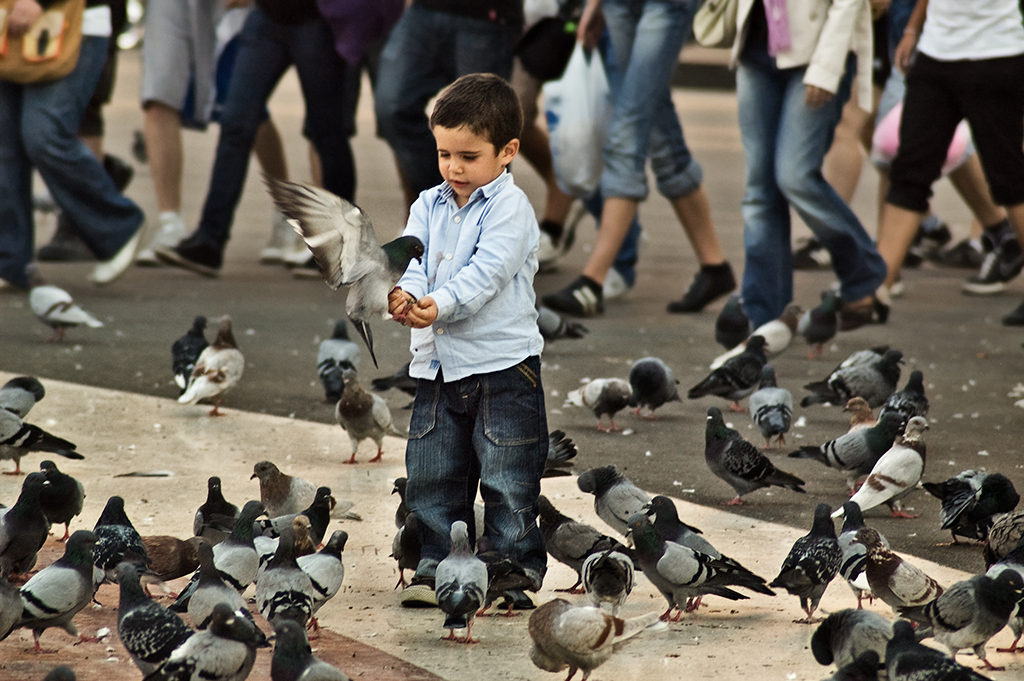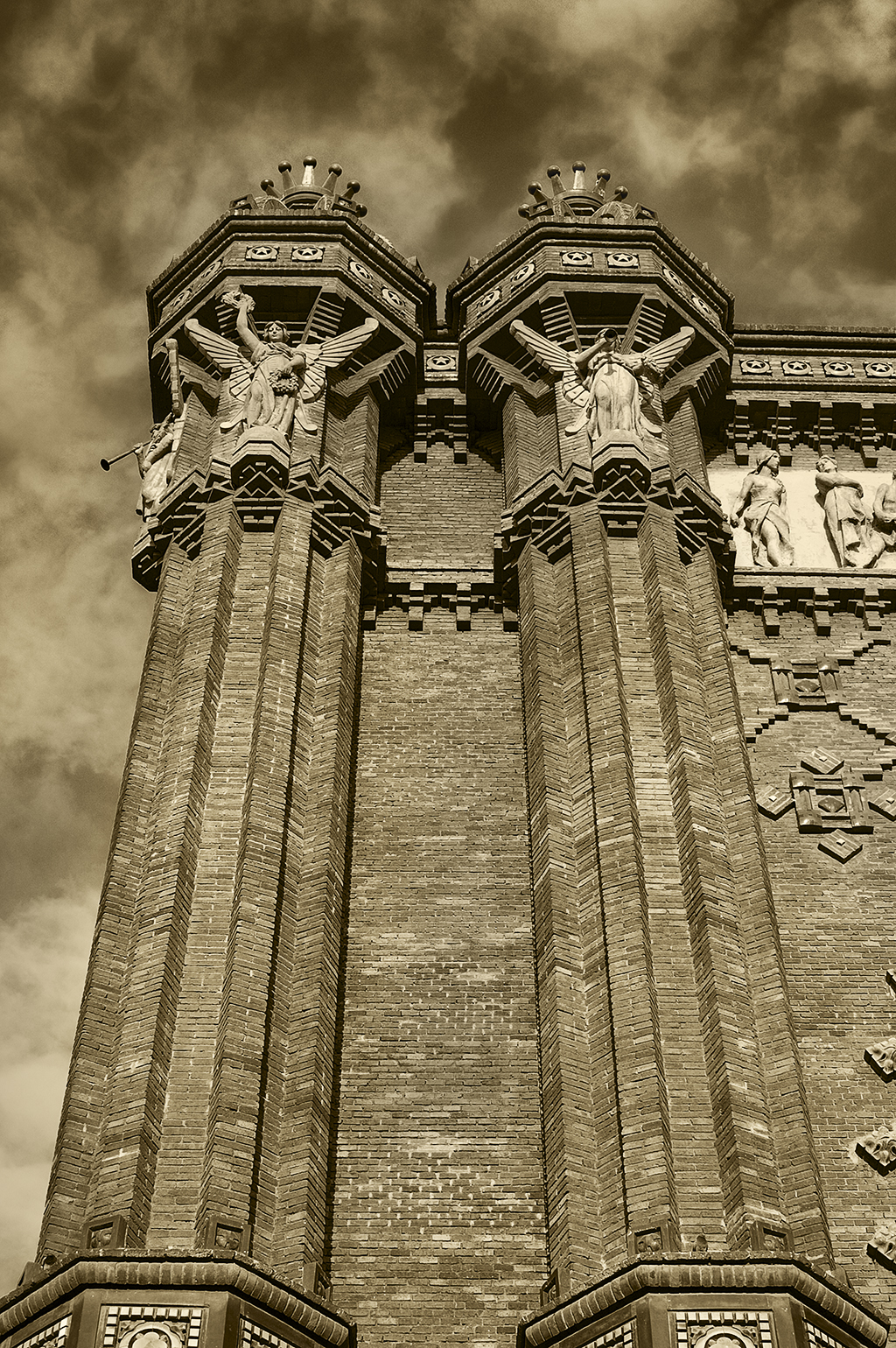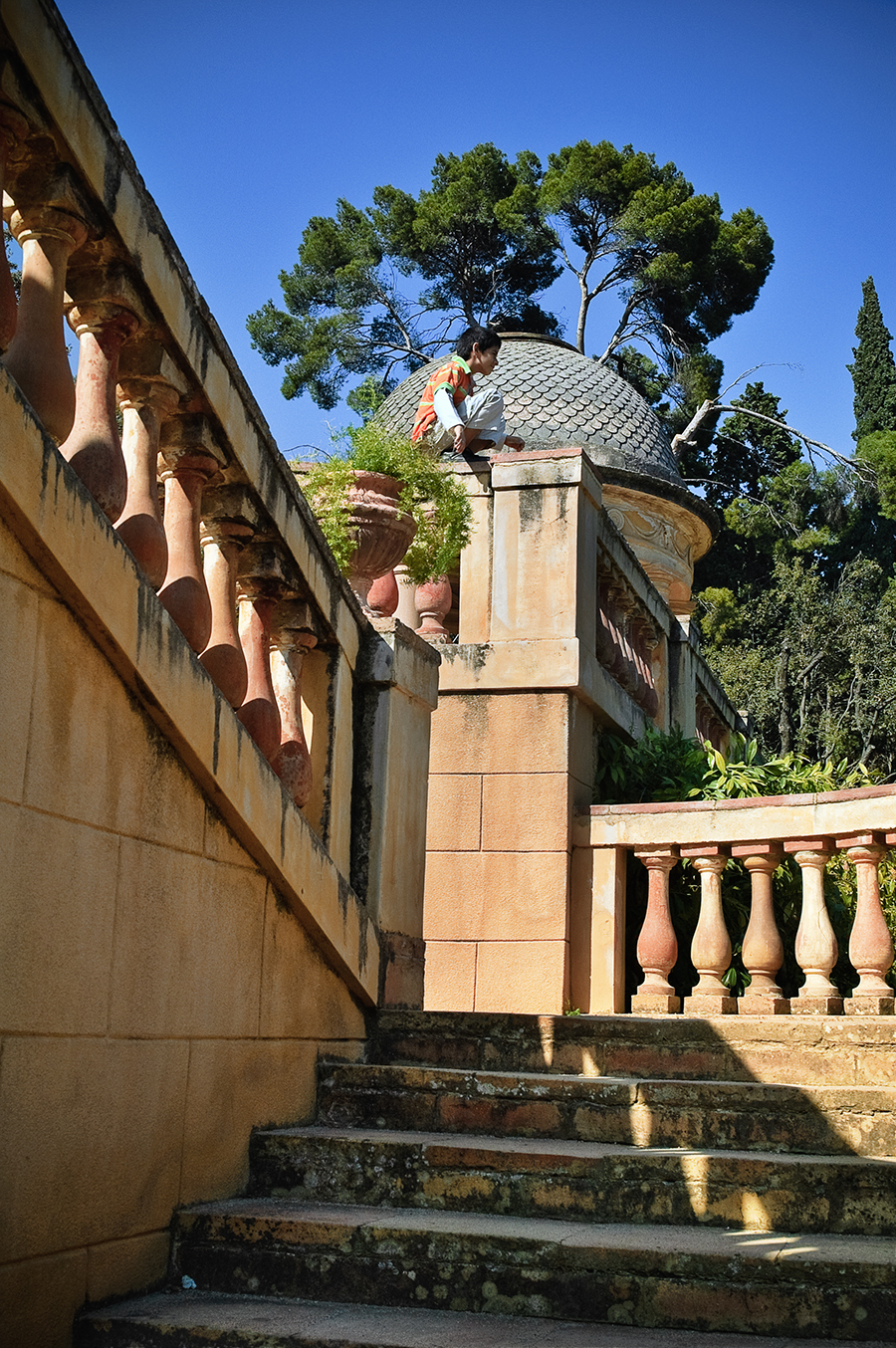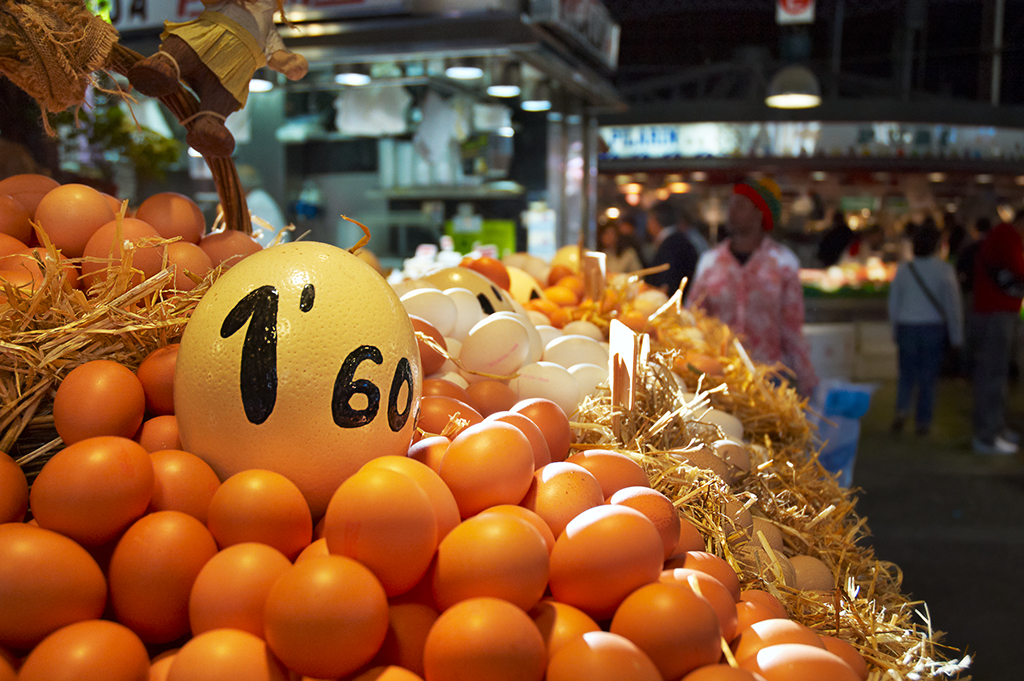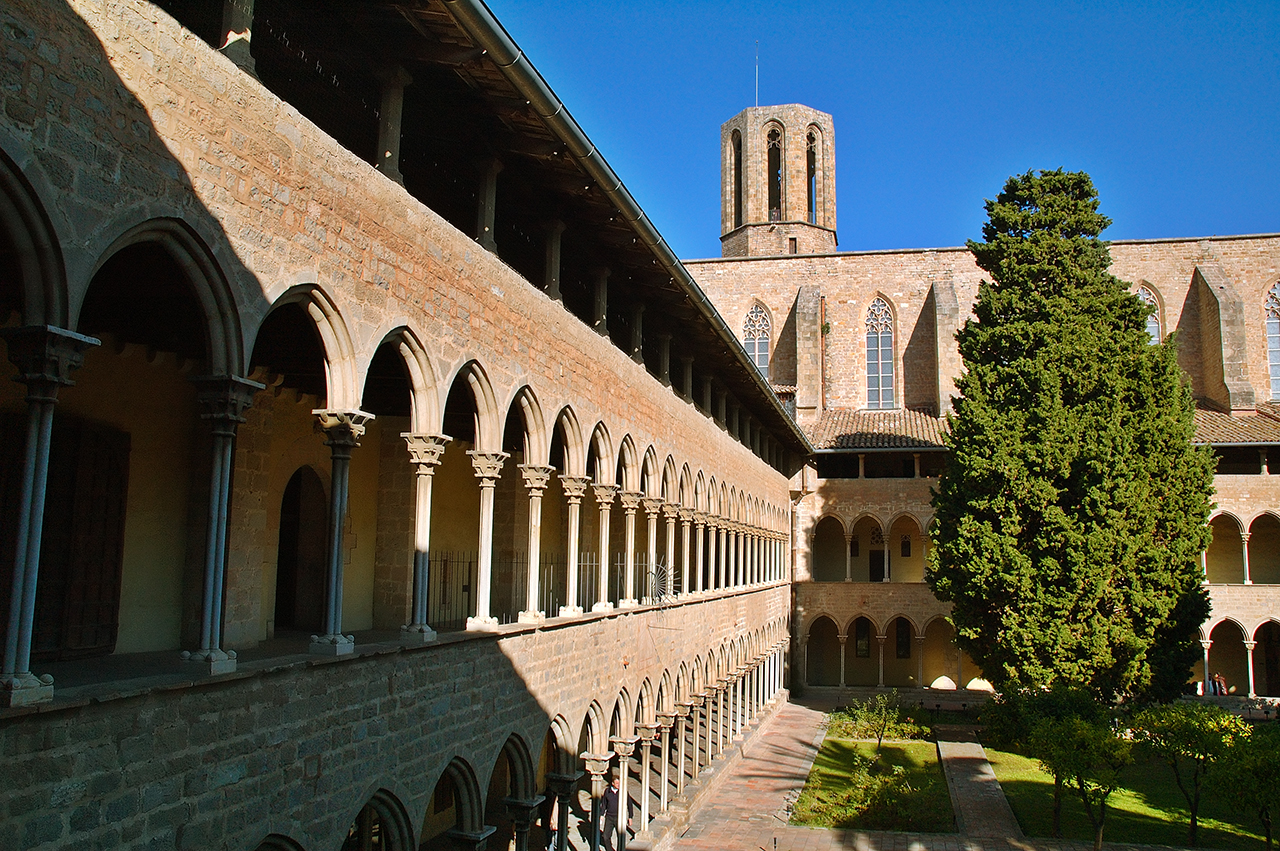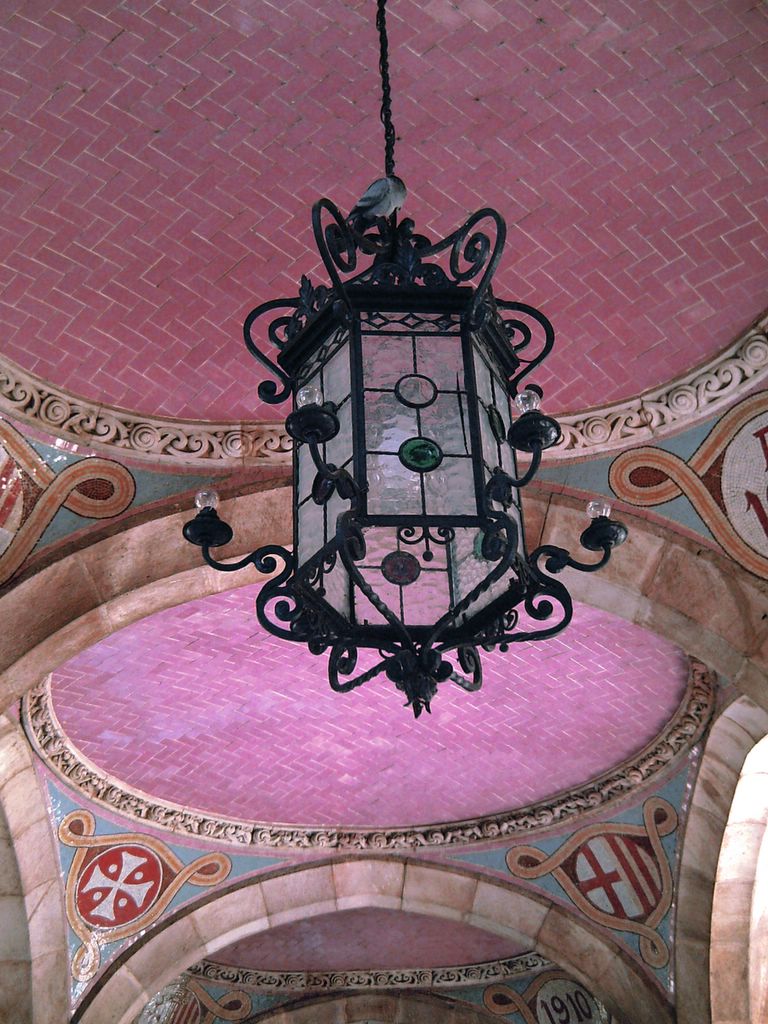Barcelona overflows with picture-perfect spots for travel photography. From Gaudí's surreal architecture to palm-lined beaches and lively boulevards, Barcelona offers countless visually stunning backdrops. Whether you're a pro toting a DSLR or an amateur snapping smartphone pics, you'll find awesome places in Barcelona to capture postcard-worthy shots. This guide covers the top 20 locations in Barcelona to ignite your social shares. With tips for snagging super shots, you'll be able to fill your Instagram with artistic Barcelona photos that will mesmerize your followers.
Sagrada Familia
No trip to Barcelona is complete without visiting Antoni Gaudí’s magnificent Basilica of the Sagrada Familia, which is a photographer's paradise for Instagram. This awe-inspiring Gothic and Art Nouveau cathedral has soaring spires, intricate details, and colorful stained glass perfect for your Instagram feed. Climb high for a wide cityscape shot or get up close to capture the ornate Passion Façade. The never-ending construction and scaffolds add dynamic angles. Morning light illuminates the textures beautifully for Instagram. Snap photos from unique perspectives to stand out on Instagram. The Sagrada Familia is Barcelona's most iconic landmark and should be at the top of any travel photographer's Instagram bucket list.
Parc Güell
Another whimsical Instagrammable masterpiece by Antoni Gaudí, Parc Güell makes for unforgettable photos. Winding pathways, colorful mosaics, and fairytale-like structures create a dreamy Instagram backdrop. Shoot the main terrace overlooking the city or wander the park to discover more photogenic gems like the Gaudí House Museum for your Instagram grid. Frame a selfie on the serpentine bench or against the Hansel and Gretel-style gingerbread gatehouses. Early morning or late afternoon golden hour is best for glowing light. Parc Güell captures Barcelona's magical architecture and is perfect for your Instagram feed.
Casa Milà (La Pedrera)
This futuristic-looking apartment building designed by Gaudí is both bizarre and beautiful, making for excellent Instagram photos. The rippling stone facade and skeletal rooftop make dramatic subjects. Pose on the front steps or on the roof among the eerie chimneys resembling medieval warriors for Instagram. At night, Casa Milà is illuminated for a striking, science-fiction feel perfect for Instagram. Shoot upward for patterns against the sky or capture the surreal sculptural details up close. As one of Barcelona's most imaginative buildings, La Pedrera will add artistic flair to your Instagram gallery.
Casa Batlló
Gaudí's Casa Batlló dazzles with a facade covered in colorful mosaic tiles and wave-like window frames, creating eye-catching Instagram photos. The roofline resembles a dragon's back, complete with ridge spikes for scales. Capture the fluid forms and marine motifs from street level or get a rooftop view from the rear of the block for Instagram. Inside, snap the skeletal interior columns or light shaft. Photos of Casa Batlló's colorful artistry make great Instagram posts showing Barcelona's modernisme style.
Montjuïc and Magic Fountains
Rising above the city, Montjuïc provides stunning elevated views of Barcelona's skyline perfect for Instagram. The hilltop Castillo de Montjuïc fortress has panoramic vistas and old cannon batteries to explore. Come at dusk for a majestic Instagram shot of the port and city below with a pink sky. At the Magic Fountain, capture the colorful lights artistically blurred with slow shutter speed for Instagram. Photos from Montjuïc showcase Barcelona's beauty from above.
Barri Gòtic
Barcelona's atmospheric Gothic Quarter is another favorite spot for Instagrammable photography. Wander the medieval labyrinth of narrow cobblestone alleys lined with classic architecture. Photograph soaring 14th century cathedrals, hidden plazas and iron lanterns. For moody Instagram shots, capture the stone arches and shadows. The mix of old and new makes the Barri Gòtic endlessly inspiring. Share your gothic Barcelona photos and transport Instagram followers to the historic heart of the city.
La Rambla
Always buzzing with activity, Barcelona's famous La Rambla boulevard offers dramatic Instagrammable street photography. Catch a flamenco dancer in action or snap the living statues posing elegantly. Look for candy vendors in colorful costumes or street performers in inventive costumes. Shoot upward for architectural details on the elaborate buildings along the pedestrian street. Capture the energy and eclectic sights of La Rambla then share your images on Instagram.
Plaça de Catalunya
The expansive Plaça de Catalunya square provides a lively Instagrammable urban backdrop. People watch and capture daily local life: street musicians, pigeon feeders, children playing. Photograph friends sitting on the central fountain or statue base. The square links old and new Barcelona; shoot both the modern El Corte Inglés department store and older buildings like the Hotel Colón. The hustle and bustle of Plaça de Catalunya encapsulates the city's lively spirit for Instagram.
Arc de Triomf
Barcelona's iconic Arc de Triomf brickwork archway makes a dramatic framing element for Instagram photos. Built for the 1888 World's Fair, this bold neo-Mudejar arch adds a pop of red against the cityscape. Photograph models or friends strolling through the arch or posing in front. For scale, include the whole arch in your Instagram shot. At night, the illuminated Arc de Triomf is perfect for a neon-lit urban snap. Share these monumental Barcelona photos with Instagram fans.
Parc de la Ciutadella
This idyllic green space offers a serene natural contrast to the city for Instagram. Capture the towering palm trees, sparkling central fountain, and picturesque gazebos. Row across the lake for romantic Instagram photos on the water. Shoot friends relaxing on the grass or people commuting by bike through the park. Look for birds and other wildlife as photogenic subjects. Share your park snapshots to show the greener side of Barcelona on Instagram.
Parc del Laberint d'Horta
Outside Barcelona, this magical 18th-century hedge maze park creates whimsical Instagrammable photos. Shoot the maze from above or send someone inside for adventure shots winding through the labyrinth. Other photogenic elements include the central pond, neoclassical statues, and stone temple ruins. The harmonious landscape allows striking nature photography for Instagram. For magical garden photos to enchant your feed, visit Parc del Laberint d’Horta.
Tibidabo
Soaring above the city, Tibidabo Amusement Park provides beautiful panoramic views for Instagram photos. Shoot the ride-filled skyline or pose in front of the vintage Ferris wheel and quirky attractions. Watch the cable car ascend for dramatic overhead shots. At sunset, Tibidabo lights up for golden hour magic. Show off the whole of Barcelona from this elevated vantage point in your Instagram posts.
La Boqueria Market
Barcelona’s vibrant La Boqueria food market explodes with colorful Instagrammable photo opportunities. Capture the overflowing fruit and vegetable displays, shimmering seafood catches, and hanging hams. Photograph the busy market activity and characters like fruit vendors in the early morning. Close-ups of ingredients pop against the market backdrop. Foodies and travel photographers alike will delight in La Boqueria’s lively visual feast for Instagram.
Port and Passeig de Colom
Along the pedestrian Passeig de Colom, snap Instagram photos of the sailboats and yachts moored in the marina. Look for reflections in the water. Shoot the famous Columbus Monument statue pointing out across the sea. Capture the star-shaped Barcelona Royal Shipyard buildings across the port. At sunrise or sunset, incorporate colorful skies for dramatic seaside Instagram photographs.
Palau de la Música Catalana
This concert hall designed by Lluís Domènech i Montaner is an ornate vision perfect for Instagram, with mosaic-tiled columns, stained glass skylights, and a gold sculpture-adorned facade. Photograph the exterior details then tour inside for brilliant Instagram photos of the grand auditorium capped by a stained-glass inverted dome. The kaleidoscopic colors and textures make Palau de la Música Catalana a unique Barcelona subject for your artsy Instagram shots.
Monastery of Pedralbes
This medieval Gothic convent surrounded by tranquil gardens creates ethereal Instagram photos away from the city hustle. Shoot the three-story cloister gallery and central fountain from different perspectives. Capture the arched walkways framed by vines and flowers. At night, photograph the dramatically lit architectural details. Share this serene spot with your Instagram feed for a moment of Barcelona calm.
Hospital de Sant Pau
Architect Lluís Domènech i Montaner designed this early 20th-century hospital complex filled with decorative buildings and gardens perfect for Instagram. Capture the colorful tiled pavilions, stained glass windows, and unique circular windows. Wander for unexpected angles like doorways and passageways. Photos from these whimsical grounds capture innovative modernisme style for Instagram.
Rambla de Catalunya
Lined with elegant architecture and chic shops, this upscale thoroughfare attracts Barcelona’s fashionable crowd for Instagrammable shots. Capture mod looks against the Art Nouveau and Art Deco building facades. Look up for intricate ironwork balconies and window frames to photograph. Tree-filled Canaletes square links to Rambla de Catalunya for added scenery. For stylish Instagram street photography, add this posh promenade to your feed.
Plaça del Sol in Gràcia
In the charming Gràcia district, this quaint plaza delivers Instagrammable snapshots of daily life. Young families gather at the playground, cyclists traverse the plaza, street musicians strum guitars. Capture the facades surrounding the plaza in geometric patterns interspersed with arches and ornate details. Shoot upward for architectural patterns framed by blue sky. Photos from this lively square spotlight authentic local Barcelona culture for Instagram.
Old Harbor and Barceloneta
Along the harbor at the foot of La Rambla, snap Instagram photos of the sail-shaped Columbus Monument against the deep blue Mediterranean Sea. Capture the iconic red and yellow sightseeing boat Golondrinas docked near the waterfront promenade. Shoot the Barceloneta neighborhood’s narrow 18th-century lanes lined with history homes and shops. Photos from the old harbor and seaside deliver classic nautical Barcelona vibes for Instagram.
With stunning architecture, lively neighborhoods, markets, and coastal scenery, Barcelona offers endless inspiration for travel photography. Use this guide to capture artistic and distinctive photos at the top Instagrammable spots in Barcelona. For more tips, check out these top Barcelona Instagrammers:
Whether you use your smartphone or DSLR camera, Barcelona provides picture-perfect settings for unique images to share on Instagram and remember your travels.
